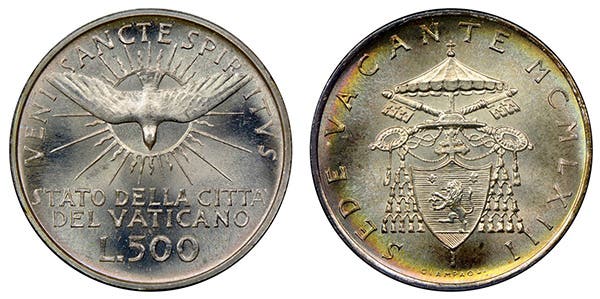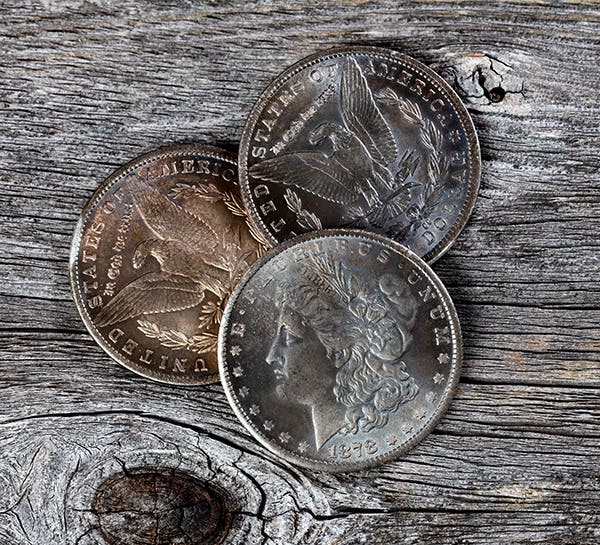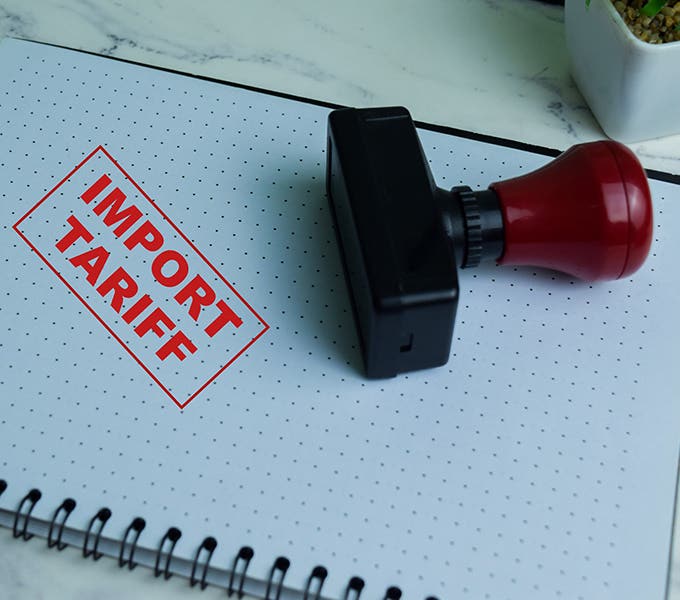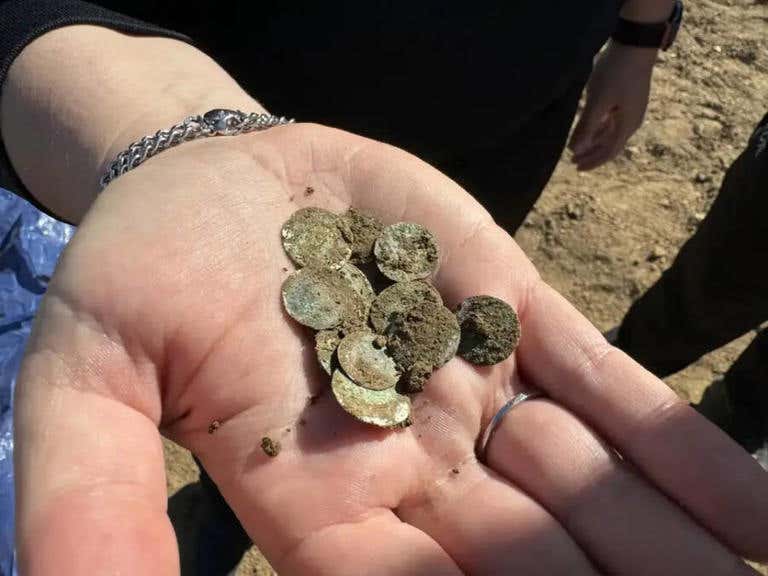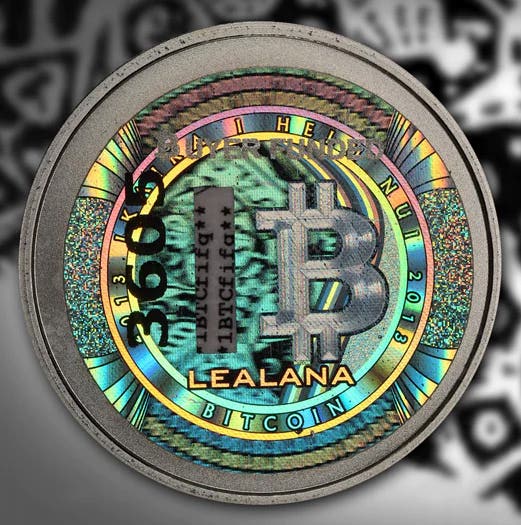Poll Question: Have you learned how to grade your own coins? Why or why not?
The respondents’ answers to the November 8, 2024, Numismatic News E-Newsletter Readers’ Poll are split right down the middle.
No, I leave that up to the professional guys who have more experience than me. I only have a few graded coins in my collection because the overpriced ones are basically someone else's lucky find. I collect what I really like no matter what grade they are in. In my collections, I have gold, silver, paper money, and new and old U.S. coinage, and I throw in a few baseball coins because I love them.
Roy E Robertson, Annapolis, Maryland
I learned to grade my own coins at a young age. I purchased the 4th edition of A Guide To The Grading of United States Coins by Martin R. Brown and John W. Dunn around 1965. This was a huge aid for me as the descriptions I found in the Guidebook of US Coins (Red Book) and the Handbook of US Coins (Blue Book) were not enough for me to judge with confidence. With the Brown and Dunn book, not only did it have a description but a drawn picture of the coin as to what it should look like in the condition it was describing. This allowed me to determine and learn about the high points on coins (those areas that quickly wear the most).
When Photograde came out, I thought this would be a great advancement to my knowledge base of grading. Now, I could see an actual coin in the condition that was being described. For me, a picture is worth a thousand words. When it comes to certified coins, I can trust most of them to be accurate. I have seen some that I would question the grade that was assigned. For example, I have seen some MS63s that would never pass as that grade, and I would grade it lower. For the most part, they are accurate. You have to double-check. As for grading above MS65, I have no knowledge of how this is done as I feel it is mostly speculation. I learned at a young age to buy the book before the coin.
This experience has helped me to look at a coin and figure out the grade to G, VG, F, VF, EF, AU, or Unc. When buying a coin, please do not assume the seller knows how to grade it. Many coins for sale are overgraded because the seller either does not know how to grade them or is greedy. Being knowledgeable about grading has helped me over the years not to buy an over-graded coin, and it has saved me a lot. Remember: get the book first, learn how to grade, and then buy the coin. You will never go wrong with this method.
When I started to collect coins over 50 years ago there was an annual reference book of UK coins which gave detailed photos of each grade from Victoria to Elizabeth II which I found very helpful.
Mr. Nigel Reid, United Kingdom
The short answer is yes, I can accurately grade my own coins. When I started collecting in the late 1970's, you had to learn how to accurately grade because there was no NGC or PCGS available then. Any slabbed coins were from unreliable TPG companies, most which no longer exist.
However, that doesn’t mean I didn’t make mistakes like buying cleaned coins, re-colored coins, tooled coins, etc. All bad buying decisions were ultimately useful in learning how to grade and avoid future mistakes in purchasing properly. Also, the old adage on starting a new series is to buy the book before the coin, which I mostly did from excellent authors like Q David Bowers, JH Cline, etc., and TPG gives you some added confidence in the condition. However, never rely on the TPG; you must do your own due diligence.
Today, there is no excuse not to learn to properly grade with the info available online and multiple books and coin shows to learn. Plus, it has helped to weed out all the bad dealers who sold cleaned coins and overgraded coins.
Roy Herbst
While I have a relatively "high-end" collection, I have chosen not to learn to grade coins. I recognize I am likely in the minority. I've made this choice for several reasons:
- I don't buy Raw coins.
- Learning to grade coins from different series takes a LOT of time.
- Even if I chose to put in the time to be a very good grader, I would not be nearly as good as the professional graders at the TPGs.
- I only buy coins that are already graded and authenticated. I believe those grades are accurate a high percentage of the time.
- Since most of my collection contains "Classic" coins and not Modern coins, I also only buy those coins that have been determined by CAC to be "solid for the grade” AND have not had "surface treatments" that are unacceptable to CAC. This way, TWO different non-related sets of eyes have confirmed the grade for that coin, AND where that coin has not had an unacceptable surface treatment!
- I only buy TPG coins with CAC stickers where I can see the photos. If I don't like the eye appeal, I don't buy the coin!
- I obtain most of my coins from major auction companies. Before bidding, if I like the eye appeal, I always contact a Numismatist at the auction company and ask them to bring that lot to the phone. I then ask several questions, including, "If I'm looking for "XYZ" in this grade for my collection, should I buy THIS coin, or should I be more patient and wait for a nicer example?" While it may be surprising to others, they typically give unbiased responses, often telling me to pass on the coin they are looking at in hand. This is invaluable information!
- I go through the same process for coins I buy online from dealers, but I recognize that their answers might be a little biased (but oftentimes not).
Since I started collecting about 50 years ago, when there were no third-party grading services, I had to learn how to grade on my own. I think I still have the ANA grading book somewhere in my archives. It is an important skill to have the skill to apply it to your collection/trade and not solely trusting in others.
Sean Moffatt, OKC Metro



